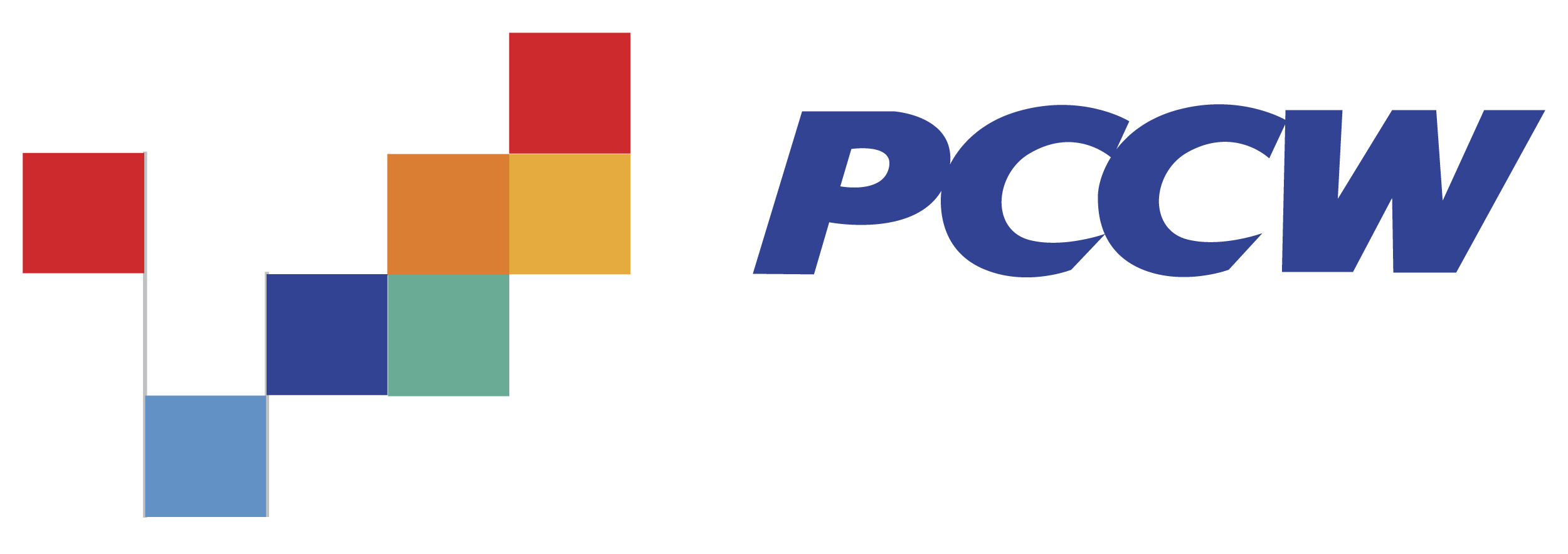
Industry:
Technology, Semiconductors
Overview
SK hynix memory solutions (SKHMS) is a subsidiary of the SK Hynix, Inc, which ranks #82 in the Fortune Global 500, and is the 5th largest semiconductor company in the world. Hynix memory is used by Apple, Asus, Google, IBM, Dell, and Hewlett Packard, as well as in products such as DVD players, cellular phones, set-top boxes, personal digital assistants, networking equipment, and hard disk drives.
Being a leading provider of custom system-on-chip (SOC) solutions for the solid state disk (SSD) storage market, SKHMS wanted to maintain their competitive edge via relentless improvement for producing enterprise grade SSDs. They teamed up with Scaled Agile Gold Partner, CPrime, to assess areas of improvement, and to understand the major impediments in their product delivery life-cycle. They gave careful attention to:

- How hardware was coordinated with firmware development.
- How testing was conducted throughout the current PDLC process.
- Departments involved in building and delivering the product.
- How often these products were released to the customer and/or to the market.
- Source code management and build deployment.
- Tooling in place to support the Agile pilot.
- The U-Curve optimization (analysis of transaction costs) for delivering work.
They ultimately chose SAFe as the Framework best equipped for agility transformation and to address the complex issues often associated with the firmware development. Kicking off a 1-year pilot program, they started with 5 Scrum teams with 50 people to support their first Agile Release Train (ART), and set their Program Increments (PIs) at 3 months, with a two-week iteration cycle.
Software and Hardware Align Through Program Level, Value Stream
They decoupled the Hardware group from the Firmware ART because their work was not conducive to two week iterations with the Scrum Teams. Instead, the Hardware group worked in a Kanban like fashion with SLAs on their work based on the Backlog prioritization. For example, knowing what features were coming down the pipe, they were able to prioritize their own work and in some cases, put out proto-hardware for testing purposes during the Program Increment. This coordination was possible because representatives from the Hardware group attended critical Program level meetings as stakeholders and because they were part of the Value stream for delivering the product.
Early Results Reveal Tangible Value
The Pilot was off to a solid start and teams were embracing the change, and seeing the tangible value of using SAFe. The overall metrics and feedback indicated:
- 60% improved transparency
- 55% defect reduction rate
- 50% improved service delivery predictability
The 8-page study, provided below, is well worth the read, as it includes helpful detail and insights that include:
- Their Preparation Checklist
- Program Backlog Prioritization
- Business Value
- Timing Criticality
- Opportunity Enablement/Risk Reduction
- Feature Analysis & Architurecture Design
- PI Planning
- Continuous Integration
A big Thank you! to Johnny Lam, Director at SKHMS, and Dr. Sanjeev Raman Enterprise Agile-Lean Coach from cPrime, for sharing your SAFe experience.




